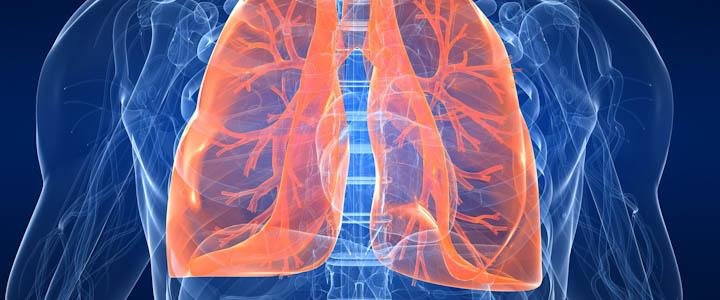What is candidiasis
summary
A few days ago, my friend had blistering in his mouth. Later, he went to the hospital for laboratory tests and found that he had candidiasis. So, what is candidiasis? Let's talk about it.
What is candidiasis
First of all, candidiasis is a fungal disease caused by Candida, especially Candida albicans. The pathogen can not only invade skin and mucous membrane, but also affect internal organs. The two most common syndromes are mucocutaneous candidiasis (e.g., oropharyngeal candidiasis or thrush, esophagitis and vaginitis) and invasive or deep organ candidiasis (e.g., candidemia, chronic disseminated or hepatosplenic candidiasis, endocarditis, etc.). In most patients, candidiasis is an opportunistic disease.

Secondly, the pathogen of this disease is Candida, which not only widely exists in nature, but also parasitizes on normal human skin, oral cavity, gastrointestinal tract, anus and vaginal mucosa without disease. It is a typical conditional pathogen. And this kind of disease appears in many cases, after genital infection, but also through the way of sexual life to spread, after the disease must pay attention to the treatment method.

Finally, Candida infection has no gender difference, and can affect any age group, including the unborn fetus. The infection can invade almost all tissues and organs of the human body. Disseminated candidiasis involving multiple systems or organs, including candidal bloodstream infection. It will appear in the mouth, esophagus, vagina, skin and deep organs, especially in this case, the injury to patients is particularly serious, we must pay attention to prevention and treatment.

matters needing attention
After getting candidiasis, we should pay attention to treatment, especially to prevent transmission. Sex life is the way of transmission, and we should also pay attention to the regularity and hygiene of life at ordinary times. We can drink more yogurt in our daily diet.
















